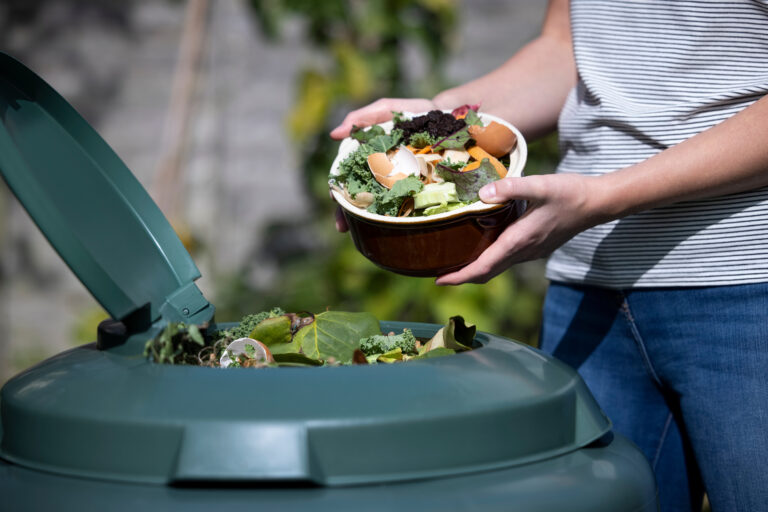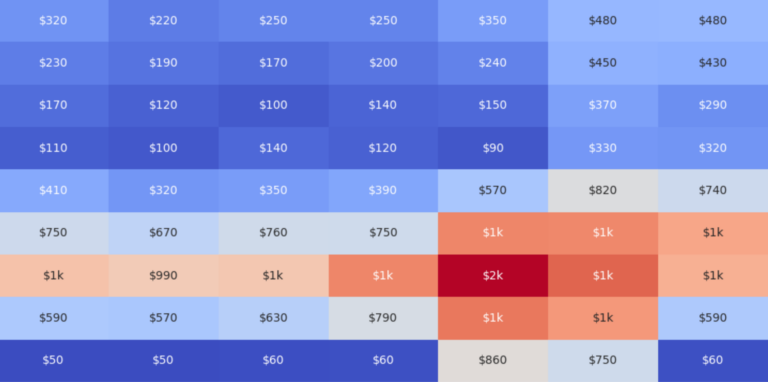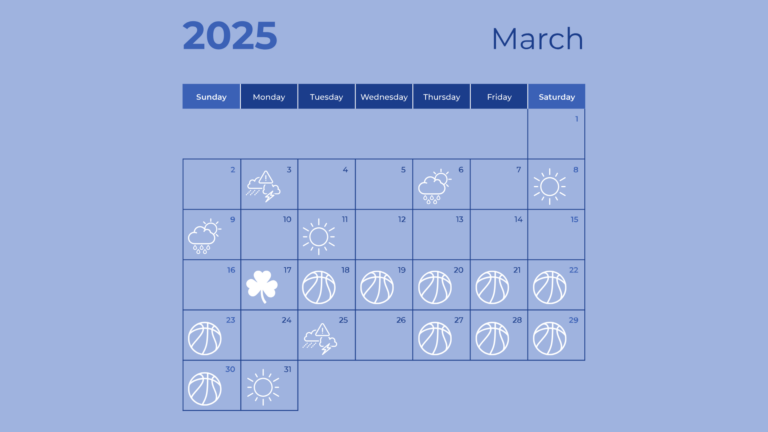How restaurants can properly systemize their operations
Restaurant kitchens can be chaotic places. If you work in the hospitality industry, this isn’t news to you, and it’s starting to become more public knowledge. One of the most popular shows of the past few years, The Bear, highlights just that, with many in the service industry finding it a little too relatable. This chaos is something that many restaurateurs are used to – an unfortunate tradition that’s been passed down through generations of owners, operators, and chefs alike. It is fueled by unforeseeable demand and fluctuations in spending patterns driven by COVID-pandemics, economics recessions, and holiday trends impact the industry in various ways. Restaurant managers often find themselves preoccupied with marketing tactics and whatever they can do to stay ahead when faced with stiff competition that takes away from time they would otherwise be able to dedicate to managing their bottom line. Pressure coming from both customers and executive staff to deliver the perfect product can be the tipping point for restaurant kitchens trying to stay afloat.
But more modern restaurant concepts are attempting to break this chaotic tradition and establish more order in their business. While this can be a challenge, the systems being put in place are often the difference between success and failure in the restaurant industry.
“I judged how well my operation ran based on how long would it run if I completely disappeared.” – Matt Wampler
Why is systemization so hard for restaurants?
There are plenty of reasons why it can seem daunting to establish systems in restaurants that are used to chaotic operations. First of all, buy-in across the board is essential to ensure the system will do its job. Many restaurant workers are rooted in tradition, making any change difficult. Another challenge is that for many in the industry, the lack of a system is what they consider “their system”. For example, instead of an analytical approach to decision making, restaurant managers will often rely on the gut feeling of an experienced employee. When challenged to put a system in place, they will proudly state that they have one, referring to that employee. This “system,” of course, falls apart if that employee takes a vacation, gets sick, or retires – leaving the business back at square one.
Why is systemization important for restaurants?
Building systems does wonderful things for restaurants. First, it makes for a better place to work. Systems take the guesswork and unpredictability out of a constantly stressful job. Systems also help with training processes. The effect of both of these things makes for easier hiring and better employee retention. In the face of the staffing crisis that the restaurant industry is facing, this can be make or break for businesses.
Systems also have a positive impact on customer satisfaction. Using consistent practices ensures that customers have the best and most consistent experience possible, increasing customer loyalty. And that’s just another way you can boost profits by creating systems. Systems help cut costs, organize budgets, and even create opportunities to expand businesses, like opening new locations. This is the reality of an organized restaurant business, and it’s not as complicated as it might seem.
Before continuing into our list of essential restaurant systems, make sure you check out our Top 10 Tips for Restaurant Systemization to guide your systemizing efforts!
Restaurant Systems
Food Management Systems
Recipe Management
Effective recipe management plays a pivotal role in ensuring consistent guest experiences and, more importantly, brings precision to your food management practices. In the context of restaurants, what does recipe management entail? It involves consistency in measurement of ingredients, tools used, and the formula for recipes used in the menu. Take, for instance, a chicken salad sandwich; its taste and composition could vary significantly if one chef adds an extra spoonful of filling. By instructing your kitchen staff to adhere to specific measurements for every recipe, you can guarantee uniform experiences for your guests, regardless of the chef or the location they are served at.
Recipe management is best handled through keeping extensive digital records. For each menu item, make sure you have written out all the ingredients, allergens, procedures, and tools involved as well as a photo of what the finished product looks like. Everyone in your organization should be familiar with these, including your front of house staff, so that allergen information can be properly communicated with your guests and so everyone knows what each menu item should look like. Store your digital folder of all your recipes somewhere that all your employees can access, and keep them printed on site at each location.
Order management and Prep management
Order and prep management go hand in hand. When managing order and prep in a restaurant, you must ensure that you have a strong understanding of what business will look like over the next week and month. If you’re incorrect in predicting demand, the effects will radiate through your whole business.
To properly predict what you’ll need for ordering and food prep, we recommend outsourcing the forecasting to a technology that’s built to be accurate. ClearCOGS can tell you exactly how much to prep and order with 95% accuracy (which is an 80% improvement on most in house alternatives). What’s included in prep and ordering forecasts? You’ll receive a list of the most important menu items and ingredients for your operation to save money. Using data pulled from your POS system, as well as information about the time of year, weather, holidays, etc. the ClearCOGS system will give you the most accurate numbers answering how much you need to prep and order. It comes in a daily email report which can add up to 3% to your profit margins. If you aren’t ready for outsourcing this task, check out this article covering your other options.
Systems that make employee’s jobs easier
At the end of the day, any system you implement will make life easier for your employees, from FOH and BOH staff to their management team. The recipe, ordering, and prep systems above can already provide much needed relief for the staff members that are currently managing those processes without a net. Not only do they help your bottom line and improve customer satisfaction, but they will also take a burden off your employees, give them less room for error, and improve their retention rates.
Cleaning and maintenance
Keeping a clean workplace is of extreme importance in the restaurant industry. Even an extremely popular and lucrative restaurant can’t survive a poor health department review. How are you currently managing the cleaning habits of your team? If your answer is using detailed and holistic checklists that are filled out on a daily, weekly, and monthly basis, then you’re on the right track.
Giving employees at every level a checklist that holds them accountable for specific duties does two things: it makes completing those tasks a simple project of following instructions, instead of a guessing game of chores. Second, it ensures that all the important tasks that people don’t always think of get done. Things like cleaning out grease traps and fridge filters can be forgotten and cost you a lot if they aren’t taken care of regularly.
For building these checklists we recommend starting with the list of requirements from your local health department. Make sure each of those requirements are taken care of on a daily or weekly basis, so if there is ever a surprise visit from an inspector, your team is ready. Then consider all of the equipment you have in your kitchen. Some large appliances may have cleaning necessities that might surprise you. Check the manuals for your ovens, fridges, stoves, and even dishwashers for any maintenance requirements you might have missed and add it to your list. Then case your establishment for any surfaces that see a lot of germs – think POS surfaces and server stations – and make sure they’re getting wiped down daily. Once you have a full list of all the cleaning that needs to get done, put together your daily checklist, and break it up by staff position. Then look at all weekly items, and assign them to a day of the week, ex: Wipe down the fridges every Monday. Then pick one day a month for each monthly task. Your employees will appreciate the additional structure, and the health department will appreciate the attention to detail.
Systemize reporting each week around most important numbers
It’s important to keep track of how your business is performing. If you have a good system for monitoring your progress, it’ll be easier to keep tabs on your employees, help them correct mistakes, and congratulate them on success. The most common and effective way to measure your business performance is through OKRs (Objective Key Results).
Setting up OKRs starts with choosing a business objective. If you’re just establishing your business, your objective could be something like: Run business like a well established restaurant. On the other hand, if your restaurant has been around for awhile, you might want to set objectives that lead you on a path of growth like: Establish growth on track with opening a new location. Once you’ve chosen an objective that fits your business, it’s time to choose the Key Results that will work to track your progress towards your goal. These KRs can be things like:
- X in sales per month
- Food costs kept below X monthly
- X% of guests are return customers
- Average review rating over 4 stars
Systems Encourage Growth
In order to prepare to expand your operation, you’ll need to have systems in place that allow for your growth. Technology like ClearCOGS is built with the intention of increasing your profit margins through establishing systemization across all avenues of your business. While growth without profits is impossible, true expansion can only be attained when your team is properly prepared. Employing a profitability tool like ClearCOGS in conjunction with detailed checklists, processes, and reporting will ensure your company is able to expand.
Think of it this way: Every time you open a new location you divide yourself, your attention, your time, and your ability to manage your team. You need to get your restaurant to the point where it can run on autopilot with just a small percent of your availability. The systems we covered allow your business to run on autopilot. If they’re struggling to run on autopilot, they will give you all the context to let you know what should’ve done instead.
Matt Wampler, a seasoned Jimmy John’s Franchise owner and operator said it best: “I judged how well my operation ran based on how long would it run if I completely disappeared.” It was this mentality that allowed him to expand his business, open new locations, and increase the profitability of his establishments.








